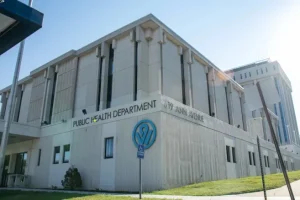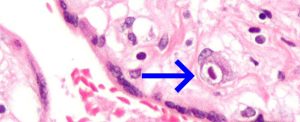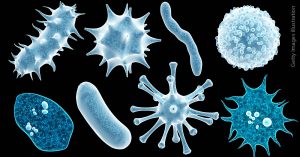According to the experts, conditions like COVID-19, influenza and RSV are usually attributed to the onset of cold seasons. But doctors this winter state that other illnesses in the contagious disease list may also have been leading to a spate of illness.
More about the news
As quoted in the WRAL.com ‘news,’ Dr. David Weber, UNC Hospitals, claimed that ‘We have seen a huge number of other viral diseases such as enteroviruses, rhinoviruses and many others that have been more active than the flue and RSV in the recent weeks’.
Besides, Weber pointed to the surge in the frequency of mycoplasma pneumonia, or atypical/walking pneumonia. For instance, at UNC Hospitals specifically, around 50 cases are being recorded per week – or higher than the norm.
North Carolina health officials are scaring people with a graph that shows COVID-like, Flu like and RSV like symptoms, calling it the tripledemic. Will it ever end? pic.twitter.com/YMCwZLIzaz
— Uncommon sense (@uncommoncents70) January 22, 2024
About the disease
According to the authors, Mycoplasma Pneumonia is known to infect humans and cause disease that varies from mild to severe in different persons infected.
Mycoplasma pneumonia has recently been on the rise the across the country where it affects mainly children. Weber added, “It is higher somewhat in the winter, and it also involves longer waves of high and low, or high and still lower.” We seem to be at one of those peaks at the moment.”
Other Respiratory Diseases Culture
In North Carolina, the flu and RSV cases have been on the rise over the past few weeks. The state’s dashboard revealed that out of the total ED visits up to December, 14, respiratory illnesses contributed to approximately 9 % and 1,167 hospitalizations.
Weber observed that these numbers tend to climb further up after large social events during Thanksgiving, Christmas, and New Year’s. “Normally we witness the elevated rates of respiratory diseases during traveling, group meetings, religious practices and all that, this year has not disappointed,” he elaborated.
He also pointed out that RSV, COVID-19 and other respiratory viruses are more prevalent, prefer colder temperatures and low humidity. “We spend more time indoors in winter and heating systems reduce humidity affecting mucus membranes making us prone,” he continued.
Similar Symptoms and Prevention
Having similar symptoms, most respiratory diseases, be they viral or bacterial, include coughs, sneezes, sore throat, high temperatures, stuffed noses, and headaches. To minimize serious illnesses, Weber urged the public to hurry and get their shots and tests done.
“For our patients who come to the outpatient department we have a 4-combined test that is able to show the presence of COVID-19, RSV, influenza A, and B,” Weber explained. He pointed out that antiviral medications used in the treatment of influenza must be initiated within 48 hours of the onset of symptoms and oral agents in COVID-19 are beneficial if given within the initial five days.
While bacterial infections one can afford to wait for a late start, for viral diseases one has to act fast. Weber called on individuals presenting flu-like symptoms to avoid work or school until the symptoms fade for at least 24 hours and no fever without use of fever-reducing drugs.
Practical Measures
Weber also suggested that PCR tests with antigen made at home can be used to realize the source of symptoms. Furthermore, when one is down with COVID-19, he recommended wearing a mask for five days to avoid spreading the virus to other people.
“Vaccination, early testing, and early treatment are three areas that are paramount in preventing severe illness,” Weberg summed up.





